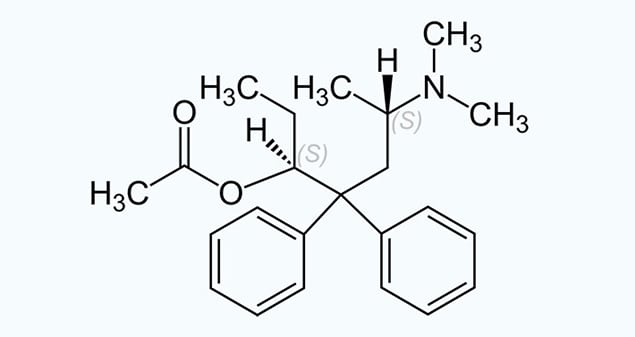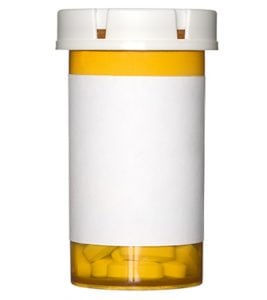
Learn more about LAAM and its uses, side effects, and more.
LAAM is the abbreviation for the chemical compound levo-alpha-acetyl-methadol. It is a synthetic opioid that is used to treat people who have developed a dependence on opiates. It is similar to methadone but is longer-lasting.
- LAAM works by blocking the opiate receptors in the brain
- This process allows a patient to stop using drugs like heroin and prescription painkillers without the devastating symptoms of withdrawal
CONTACT US TODAY
LAAM is administered as an oral solution. It was formerly available under the brand name Orlaam, but this product was removed from the market years ago due to concerns about its effect on the heart. Today, LAAM is only administered through authorized treatment programs that are committed to closely monitoring everyone who is given the drug.
Uses
The use of LAAM for treating opiate addictions is a form of replacement therapy. It is usually not given unless a person has already tried other replacement drugs, like methadone, and has not been successful for one reason or another.
Once treatment with LAAM begins, it usually takes from seven to ten days for withdrawal symptoms to be eased. It does not produce the sensation of euphoria. LAAM is only administered two or three times a week, as opposed to the daily dose of methadone that is required. This makes it attractive to people who live some distance away from the treatment center. It is never given to a person to take home.
There does seem to be a personal, subjective preference among opiate users for either methadone or LAAM. Some people simply respond better to one or the other, and these preferences are generally accommodated if possible.
LAAM is not approved for people under the age of 18 years, and it has not been specifically studied in the elderly population.
Side Effects

LAAM users may experience physical symptoms like diarrhea, constipation, and vomiting. They may have hot flashes, muscle and bone aches, and abdominal pain. Headaches and blurred vision also sometimes occur.
The psychological side effects include anxiety, depression, insomnia, and abnormal dreams or even frightening nightmares.
Tolerance and Dependence
LAAM is very addictive, even though it does not produce the euphoria and intense craving of the drugs it is used to replace. It is considered a maintenance drug for long-term use, so dependence is managed through the careful monitoring of anyone who is part of the treatment program where it is dispensed.
People who suddenly stop using LAAM suffer both physical and psychological symptoms of withdrawal. Safe, supervised withdrawal is possible, however, for people who feel they no longer need replacement therapy.
Withdrawal Symptoms
Anyone who suddenly stops using LAAM will suffer the withdrawal symptoms that are common to all opioids. These include cramps, muscle aches and spasms, vomiting, and sweating. It is also common to experience anxiety, insomnia, and agitation.


